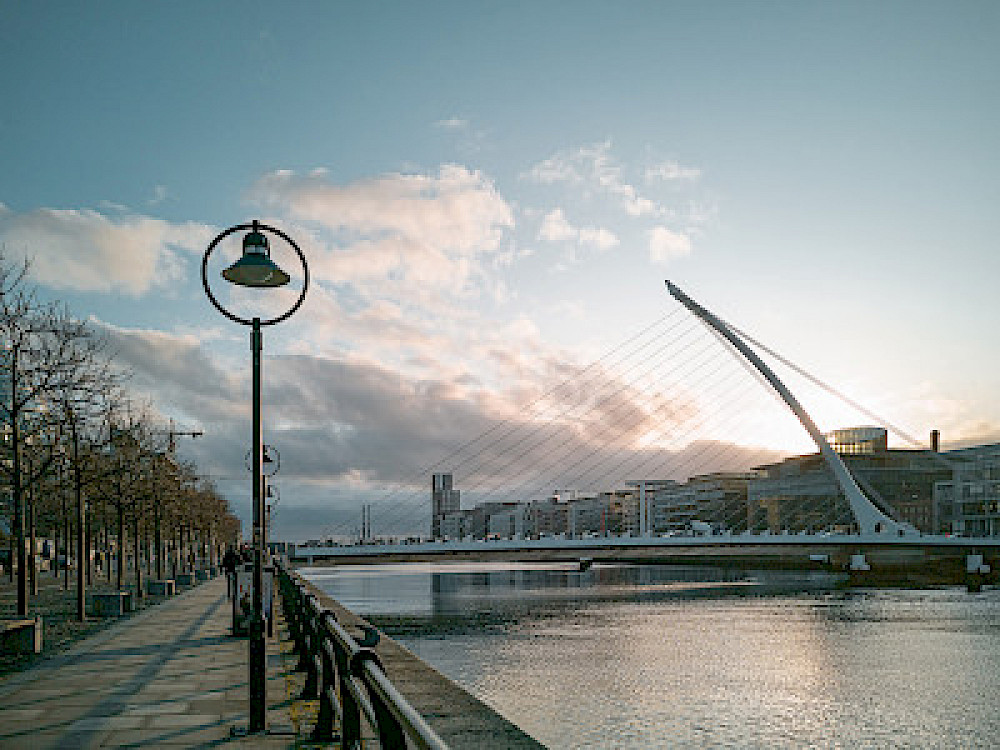The Autumn 2020 launch of the Media Ownership Ireland website by DCU made it easier than ever for the public to identify the ultimate owners of all major Irish media outlets. In his essay Media Ownership in Ireland, which appears in the Reuters Digital News report, Roddy Flynn notes the recent challenges to keeping such a database up to date.
The last 6 years has seen the Irish media industry in a constant state of flux, starting with the July 2015 sale of TV3 to US telecommunications giant Liberty Global and ending with this year's acquisition of Communicorp by German conglomerate Bauer Media Group.
The Communicorp deal has given the Irish media landscape a distinctly international flavour, as it sees Denis O’Brien relinquish the last of his media holdings after selling Independent News and Media (INM) to Belgian Mediahuis for €145.6 million in 2019. This leaves just RTÉ (which is by definition not for sale), and the Irish Times Group as the last remaining major media organisations still in Irish hands.
However this is not the first time that the Irish media landscape has been a hotbed of sales and acquisitions, with almost every local radio station and newspaper changing hands between 1995 and 2008. This was all done under the watchful eye of a Competition Authority which based its decisions purely on assessments of the advertising market. Concerns about whether such decisions were healthy for the Irish market were highlighted in 2007 when Communicorp acquired EMAP’s radio holdings, making Denis O’Brien the owner of both of Ireland's national commercial radio stations. This came at a time when O’Brien was also building himself a stake in INM that made him the single largest shareholder.
The 2014 Competition and Consumer Protection Act sought to address these concerns, but as Flynn points out the new rules were “perceived in some quarters as too little, too late because the 2014 Act did not apply retrospectively and thus could not address Mr O’Brien’s position.” All mergers post-2014 were also subject to approval by the Ministers of Communication of the day, and Flynn argues that many of the sales from 2015 onwards created monopolies that could have warranted withholding such approval. In several cases the Competition and Consumer Protection Commission concluded that the mergers would not substantially lessen competition in any market for goods and services in the State.
It's important to note though that these mergers came at a time when Ireland was tentatively walking the path to economic recovery, and so the respective Ministers for Communication were put in a position of weighing up plurality against sustainability.
There is no single answer to the question of how much media plurality is enough. Ireland is a small market, and so there is limited scope for extensive commercial media. Flynn points out that the rise in online media largely solves the issue of plurality, as it gives people access to an unlimited number of different opinions. It’s a double edged sword though, and the more people that move to online media consumption, the more advertising revenue is drawn away from legacy media. In that case, perhaps the types of acquisitions tracked by Media Ownership Ireland are the only way to ensure survival for those companies. Flynn concludes by theorising that “a more fundamental reconceptualization (including state funding for private media) of how to fund the operation of the public sphere seems increasingly essential.”
Dr. Flynn’s essay and the rest of the Digital News Report can be viewed here.



